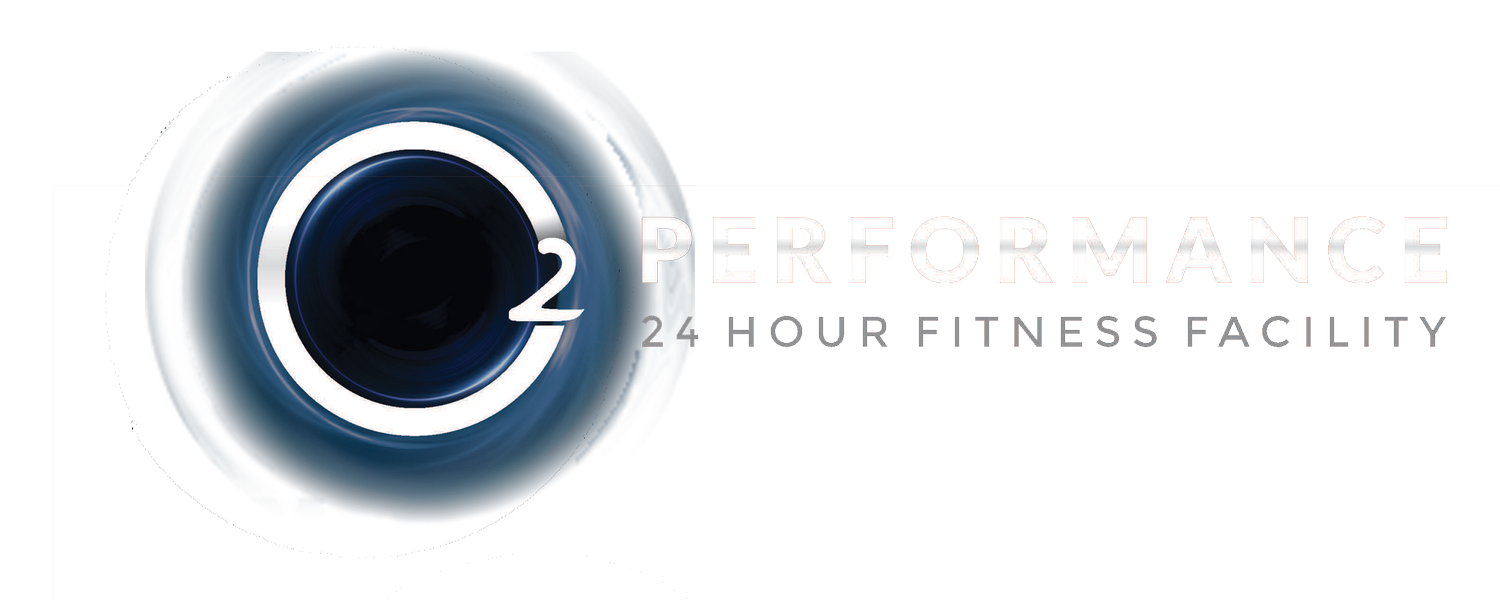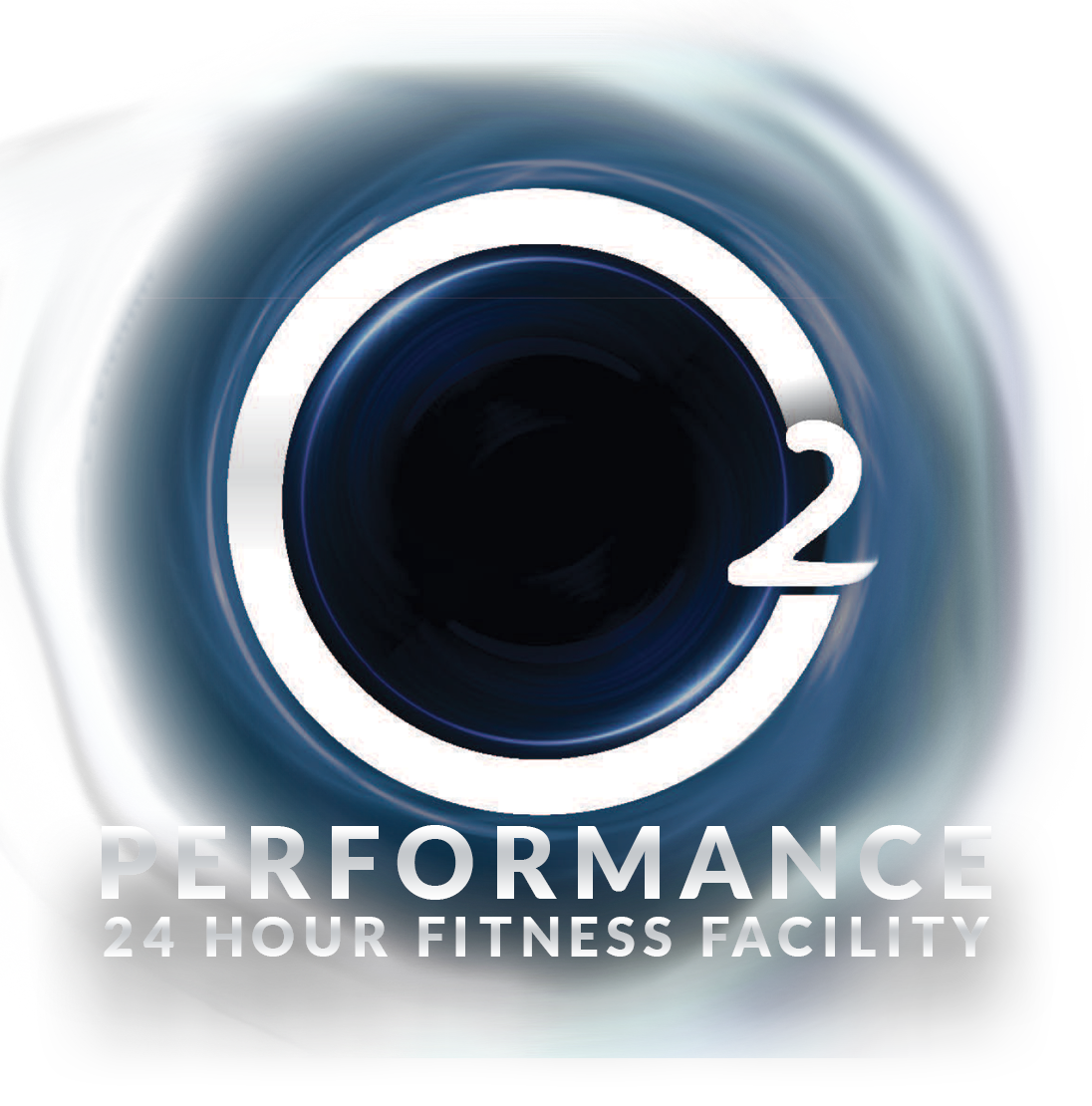What Are Compound Exercises, And What Are The Benefits?
If you've been hitting the gym or pursuing any form of exercise, chances are you've heard the term "compound exercises" thrown around. But what exactly are these exercises, and why are they often touted as the cornerstone of an effective workout routine? Let’s dive into the world of compound exercises, exploring their primary movements and uncovering the plethora of benefits they bring to your fitness journey.
What are Compound Exercises?
Let's start with the basics. Compound exercises, in simple terms, are multi-joint movements that engage several muscle groups at the same time. Unlike isolation exercises that focus on a single muscle group, compound exercises are like multitasking for your muscles. They involve coordinated efforts from various muscle groups and joints, leading to more functional and holistic strength development.
Primary Movements of Compound Exercises
Squatting: The squat is the king of compound movements. It engages your quadriceps, hamstrings, glutes, lower back, and core. Whether you're performing a traditional barbell squat or opting for variations like goblet squats or front squats, this movement not only builds lower body strength but also engages your core for stability.
Deadlifting: The deadlift targets your posterior chain – the muscles along your backside. This includes your hamstrings, glutes, lower and upper back, as well as your grip strength. A proper deadlift also recruits your core for stabilisation, making it a true full-body powerhouse.
Bench Pressing: The bench press primarily targets your chest muscles (pectorals), shoulders (deltoids), and triceps. It's an essential upper-body compound exercise that not only builds upper-body strength but also enhances pushing power.
Overhead Pressing: Also known as the military press, this movement targets your shoulders, upper back, and triceps. It not only helps you develop strong and shapely shoulders but also improves your overall upper body strength.
Pull-Ups/Chin-Ups: These bodyweight movements engage your back muscles, including the latissimus dorsi, along with your biceps and core. Pull-ups and chin-ups are fantastic for building a V-tapered back and strengthening your upper body.
Benefits of Compound Exercises
Efficiency: Compound exercises maximize your workout time by engaging multiple muscle groups in one movement. This means you can accomplish more in less time, making them ideal for busy schedules.
Functional Strength: Since compound exercises mimic real-life movements, they contribute to functional strength. This type of strength is applicable to everyday activities and sports, enhancing your overall quality of life.
Hormonal Response: Compound exercises trigger a greater release of anabolic hormones like testosterone and growth hormone. These hormones are crucial for muscle growth and overall body composition improvements.
Calorie Burn: Due to their demanding nature, compound exercises require more energy expenditure, leading to increased calorie burn during and after your workout.
Balanced Muscle Development: Engaging multiple muscle groups prevents muscle imbalances, which can reduce the risk of injuries and postural issues.
Incorporating compound exercises into your fitness routine can be a game-changer. These multi-joint movements offer unparalleled benefits in terms of efficiency, functional strength, hormonal response, calorie burn, and balanced muscle development. Whether you're a beginner or an experienced fitness enthusiast, compound exercises deserve a prime spot in your workout regimen.
Remember, proper form and technique are paramount to reap the full rewards of compound exercises. If you're new to these movements, consider seeking guidance from a certified fitness professional to ensure you perform them safely and effectively. So, the next time you hit the gym, embrace the power of compound exercises and witness the transformation they bring to your fitness journey. Stay strong, stay focused, and keep pushing those limits!


